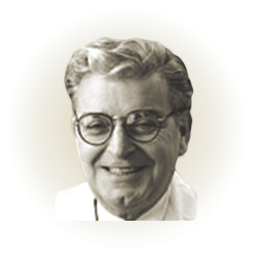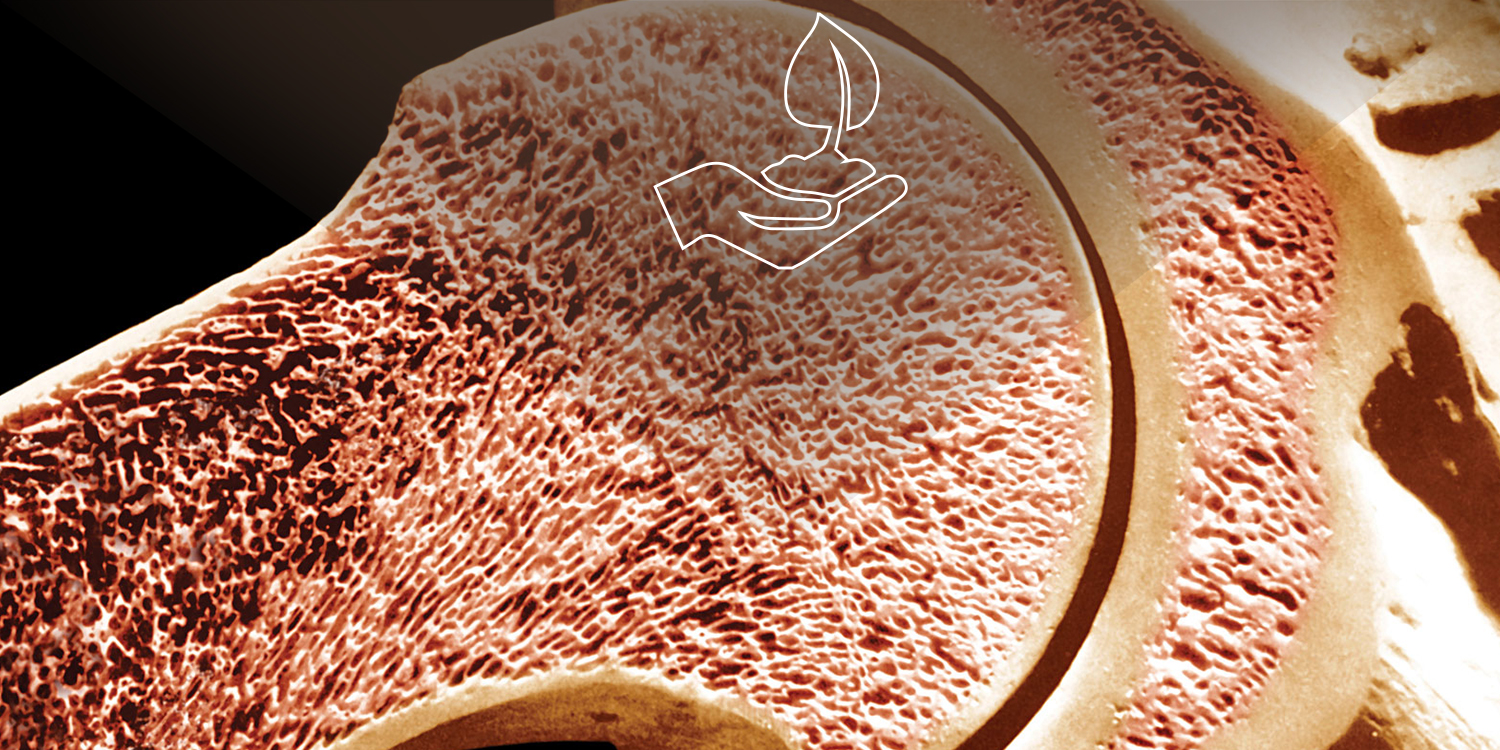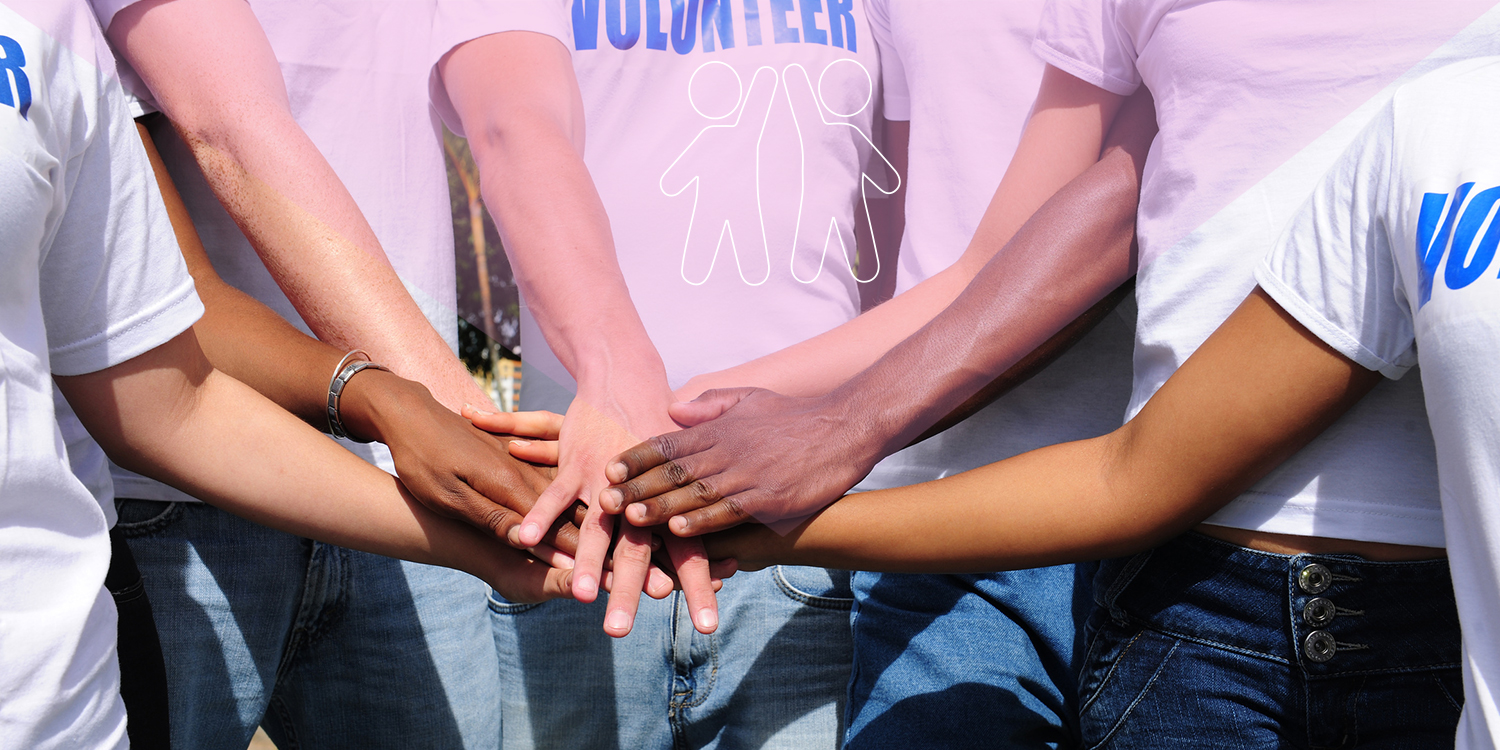
Bones have an invisible enemy, osteoporosis. Some of the risk factors are innate and cannot be changed. Others however depend on the lifestyle and the alimentation that we have chosen.
SUPPORT

It can be a complex activity pursuing scientific research. Managing to publish the results requires great commitment and proper funds. All of us can make a contribution, it is an easy task.
MUSCULOSKELETAL DISEASES
The musculoskeletal system can be affected by a wide range of inflammatory, degenerative, infectious, metabolic, endocrinologic and oncologic diseases.
Osteoarthritis, rheumatoid arthritis, but also osteoporosis as well as traumatic injuries such as those occurring in sport activities, are the most common conditions affecting the musculoskeletal system.
A FOUNDATION DEDICATED TO THE MEMORY OF PROF. LOUIS AVIOLI

The foundation is inspired by and dedicated to the memory of Prof. Louis Avioli, who was a great academic as well as being a humane individual. Louis Avioli was an illustrious American scientist born in 1931 to a family of Italian emigrates in the United States. He dedicated his life to developing a modern approach to the study of osteoporosis and metabolic skeletal diseases.
After graduating in 1953 with a first class degree at Princeton University and in 1957 in Medicine at Yale University, Prof. Louis Avioli then continued his studies at ‘Chapel Hill’ in North Carolina and at the National Institute of Health, before beginning work in 1961 at the medical faculty of New Jersey College.
In the 1960s the majority of researchers considered weak bones to be simply an inevitable consequence of the ageing process, concerning above all post-menopausal women.
However for Prof. Avioli this explanation was not sufficient: being a very inquisitive person he was the first to study the reasons why bones became thinner, and began to ask himself if there was a way to prevent the osteoporosis process and the all too frequent consequential painful fractures. At a time when no one discussed osteoporosis as a health and social problem Prof.Louis Avoli through his hard work and research managed to discover the cause and develop treatments which are still widely used today for the cure of the loss of bone mass in post-menopausal women and the elderly.



